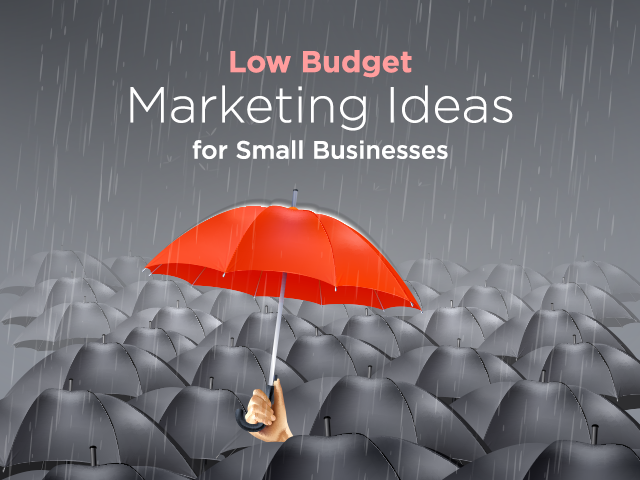Plumbing Lexington KY is an essential service that transports water and removes waste from a building or structure. It involves pipes made from materials like copper, PVC, and PEX.
Plumbing is a trade that requires soft skills as well as technical knowledge. It involves listening to customers’ problems and troubleshooting. It also involves following codes and regulations.

Plumbing codes are strict rules and regulations that must be adhered to when installing or making changes to your plumbing system. While some people may view them as a nuisance, they play an important role in protecting your health and safety.
Codes dictate a variety of things, from the materials used to the way your plumbing is installed. This is done to ensure that your plumbing is safe, durable, and able to meet your household’s needs.
In most cities and states, the plumbing codes are set by local governments or agencies. These agencies are responsible for creating and maintaining codes that protect their citizens. They also work to make sure that the codes are up-to-date and reflect modern technology and practices.
For example, a plumbing code might require that your drainpipe slope toward the nearest waste pipe to prevent sewage from backing up into your home. It may also dictate that you use only certain types of pipes and fittings, and that you install backflow valves to protect your water supply from contamination. The rules in your plumbing code are designed to keep your home sanitary and functional for its entire life.
While some people may be tempted to save money by skipping plumbing codes, doing so could cost you much more in the long run. The faulty construction and installation of plumbing systems can lead to leaks, flooding, water contamination, and even structural damage to your home. It is better to invest in the services of a professional plumber and follow the building code to the letter.
Another important part of the plumbing code is the design and installation of your drainage, waste, venting (DWV) system. The DWV is responsible for removing wastewater and sewage from your house, so it’s important that it’s designed properly to avoid health hazards. For instance, improper sizing can cause your DWV to overflow, leading to water and sewage backups and even structural damage to your home.
The sizing of your plumbing is determined by the amount of water that each fixture will need to operate. For this reason, it is important that you only use fixtures that are rated for your home’s water pressure and capacity. Using fixtures that are too large can result in water hammer, which is a serious problem that can damage your pipes and fixtures, and weaken the structure of your home.
Plumbing Materials
The pipes that run through the plumbing system in your home can be made from a variety of materials. Your plumber will discuss the options with you and help you choose what material best suits your needs.
The most important factor to consider when choosing pipes is durability. Plumbing pipes are constantly exposed to water, so they need to be able to withstand a lot of wear and tear over the years. The best pipes are made from a durable material that is also resistant to corrosion, so they won’t need frequent repairs or replacements.
There are four main types of piping materials used in plumbing systems: copper, PVC, CPVC and PEX. Each has its own advantages and disadvantages. Copper is a popular choice for plumbing because it does not corrode and is a good conductor of heat. However, it is quite expensive and requires specialized tools to work with.
PVC is a versatile plastic that is resistant to chemicals and corrosion. It is available in rigid and flexible versions, making it a suitable choice for many different applications. It is not suitable for use with hot water, though, and it cannot be exposed to direct sunlight. CPVC has the same benefits as PVC but is more stable, and it can be used with hot water.
CPVC can also be used with cold water. It is fireproof, more versatile than metal plumbing and is insulated to prevent energy loss. It is a great option for plumbing in places where space is limited.
In addition to these common plumbing materials, there are also other options such as acrylonitrile butadiene styrene (ABS), cross-linked polyethylene (PEX) and cast iron. The type of pipe you have in your home will largely depend on the age of the building, as older homes tend to have metal pipes while newer buildings have plastic pipes.
The most popular piping materials in modern buildings are copper, CPVC and PEX. While copper is expensive and difficult to work with, it offers exceptional longevity and resistance to corrosion. CPVC and PEX are cheaper than copper, but they offer similar benefits. They are also flexible, so they can be installed in tight spaces where other piping would be impractical.
Plumbing Installation
A plumbing system is a network of pipes that transports water and waste in and out of buildings. Its primary purpose is to supply people with clean, potable water and to remove wastewater in a safe manner. Without proper plumbing installation, these tasks would be impossible. Plumbers install and repair these systems to ensure they are working correctly. In addition, they may be responsible for ensuring that all plumbing codes and regulations are followed.
There are a variety of different plumbing systems, each designed to meet specific needs. For example, residential plumbing systems typically serve single-family homes and are designed to handle moderate water usage. Commercial plumbing systems, on the other hand, are designed to handle high-volume water usage and often require more complex plumbing solutions.
Regardless of the type of plumbing system, all systems must follow local plumbing codes and regulations to ensure safety and efficiency. Moreover, the pipe materials used must be compatible with the water quality and temperature, as well as the plumbing fixtures and appliances installed. Finally, the plumbing installation must be able to accommodate future growth and expansion.
The plumbing industry is highly regulated, and it’s important for homeowners to find a qualified plumber who is licensed and insured. A licensed plumber will be able to provide you with the best services and will be up-to-date on all the latest plumbing trends and technologies. In addition, they will be able to diagnose any problems quickly and accurately.
Plumbing installation is a multi-step process that begins with obtaining the necessary permits and blueprints. Once the permit is in place, the plumber can begin laying pipes underground or within the walls of your home. The next step involves connecting the pipes to your water supply and sewer line. This requires precise execution to ensure that the lines are properly sloped and aligned. Finally, the plumber will install your fixtures and appliances.
A plumbing system is vital for any home or business, as it provides clean, potable water and removes waste in a safe and efficient manner. However, improper plumbing installation can lead to expensive repairs and a host of health issues. That’s why it’s essential to hire a professional plumber for any installation or repair work.
Plumbing Maintenance
Having regular plumbing maintenance performed is an important part of being a responsible homeowner or business owner. It can help save money in the long run by preventing costly plumbing emergencies, and it can also improve your overall health by keeping the water in your home clean and free of harmful bacteria and contaminants.
In addition to avoiding emergency repairs, scheduling regular plumbing maintenance can also help you save on your energy bills. Leaky pipes and faucets waste gallons of water, which add up over time. By fixing leaks and ensuring that your fixtures are energy efficient, you can significantly reduce your water bills.
Plumbing problems often develop without notice, but when they do, they can have a huge impact on your lifestyle and even your health. For example, if you have a clogged kitchen sink drain, it can lead to food and waste being trapped in your pipes, which can then cause overflow and sewage backup. This can be incredibly inconvenient and dangerous, especially for families with children or elderly people living in the home.
Other common plumbing problems include low water pressure, which can be caused by a variety of issues. During routine maintenance, your plumber can check your water pressure and fix any issues that may be causing it to decrease.
Neglecting to schedule plumbing maintenance can also lead to contaminated water, which is a serious threat to your health. Over time, pipe corrosion and blockages can allow harmful bacteria and pathogens to infiltrate your water supply, resulting in various waterborne diseases. During plumbing maintenance, your plumber can inspect and clean your pipes to ensure that they are free of harmful materials.
Plumbing systems are complex, and they’re used throughout the entire building, from the water source to the toilets and showers. It’s important to hire a professional to conduct regular maintenance on your home or business’s plumbing system to avoid expensive repair bills, environmental damage, and health hazards. A good plumber will be able to detect any issues before they become major problems and prevent them from occurring in the future.








